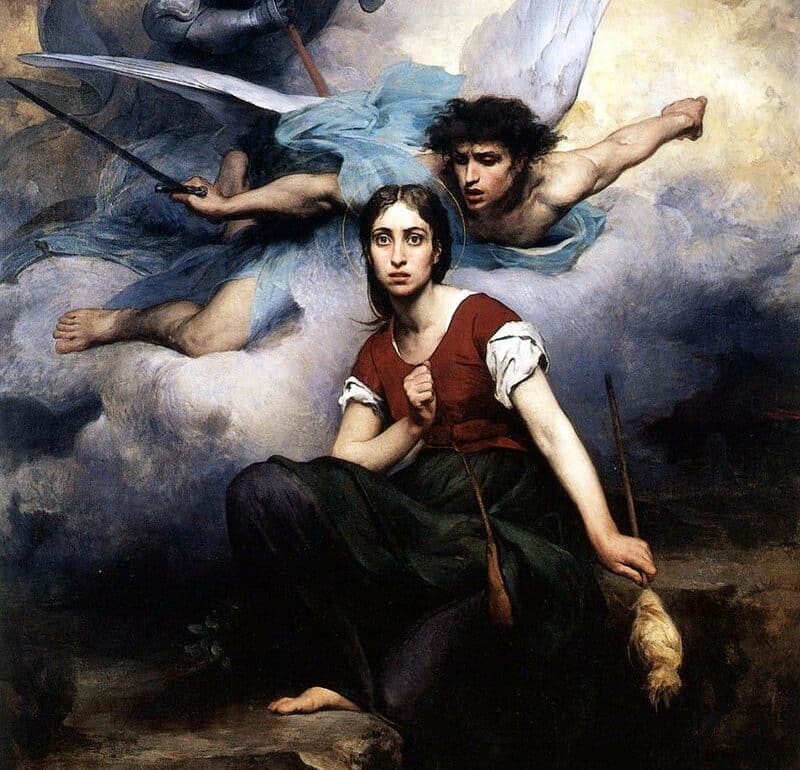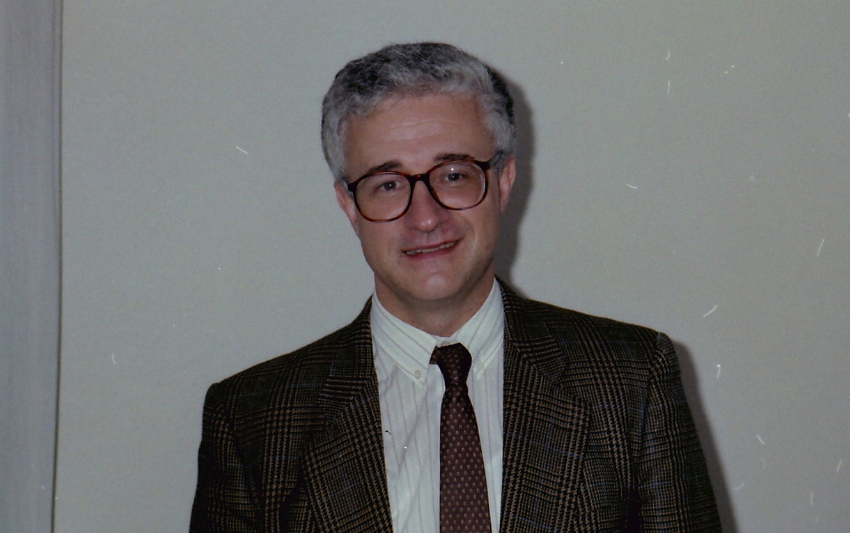Saint Joan of Arc, May 30
Patron Saint of France

On horseback and with an enormous armor on top, an iron casing that almost seems to crush the thin figure. Or tied to a stick, held on the spear of a cross, while flames and smoke cover her. For six hundred years, Joan of Arc has been, above all, these two icons. The victorious warrior and the “witch” on the verge of death. And between these two images her 19 years of life are condensed, from when the little girl born on January 6, 1412 in Domremy, northeastern France, who helps at home and in the field and barely knows how to say prayers, becomes the thirteen-year-old girl who hears “voices” from heaven and feels involved in a great project.
From “crazy” to “maiden”
“Liberate France.” As it is. And have Charles VII proclaimed King of France. To direct her on this mission – says Joan first to her parents and then to the authorities – were the voices of the Archangel Michael, of Catherine of Alexandria, of Margaret of Antioch… which she hears clearly. The voices are quickly classified as the antics of a slightly disturbed illiterate woman. But when the 17-year-old runs away from home and accurately predicts a French defeat against the British invaders, those “fantasies” are given another weight. After being examined by some theologians, who question her about her faith, Joan is placed at the head of an army that marches to Orleans and surrounds it by siege. In just eight days, a prodigy in military terms, the British are repeatedly defeated in battle, where the audacity of the “Maiden” is unmatched. Orléans is liberated and on July 17, 1429, the peak of glory arrives: Charles VII is crowned in Reims and Joan of Arc with her banner at her side.
The two enemies
However, two opposing and similar forces conspire against the Maiden. The English who do not accept defeat at the hands of a girl and the French themselves, generals and ecclesiastics, who do not want to see themselves supplanted for the same reason. This is why, when Joan leads the liberation of Compiegne, the drawbridge is raised before she can get to safety and the girl is captured by the Burgundians. It is May 23, 1430, and two days later, the University of Paris asks the Inquisition to try the young woman for witchcraft. Charles VII does little to free her from her, and on November 21, Juana is sold to the English.
The soul does not burn
The process opens in Rouen on January 9, 1431. To judge the young woman, there are around fifty men, among whom are the most learned from France and England. Bishops, ecclesiastical lawyers, prelates of various degrees, interrogate her deeply about the charges of imputation, idolatry, schism and apostasy. Her faith, her wearing of masculine clothing, the mysterious “voices”—everything is the subject of harsh accusations and false reconstructions, to which Joan, despite being uneducated, responds with courage and precision. Shee is asked, among other things, if she is in the grace of God and the answer is: “If I am, God will take care of me; if I am not, God wants to put me in because I would rather die than not be in the love of God.” The trial ends on March 24: the heroine of France is now a heretic to be killed. On May 30, 1431, she climbs the bonfire created in the Place du Vieux-Marché in Rouen. She dies burned alive, with her eyes fixed, on the large procession cross that Brother Isembard de la Pierre carried for her. The Church solemnly rehabilitated Joan of Arc in 1456 and Pius X beatified her in 1910. Ten years later, she was made a Saint through the work of Benedict XV.
Related

The Spirit led him through the desert, while he was tempted: Fr. Jorge Miró
Jorge Miró
09 March, 2025
3 min

Reflection by Monsignor Enrique Díaz: Temptations
Enrique Díaz
08 March, 2025
6 min

The Church in Mexico calls to promote the culture of life in the Jubilee of Hope 2025
Exaudi Staff
06 March, 2025
1 min

Javier García de Jalón: A life that left a mark
Mar Dorrio
06 March, 2025
3 min
 (EN)
(EN)
 (ES)
(ES)
 (IT)
(IT)

